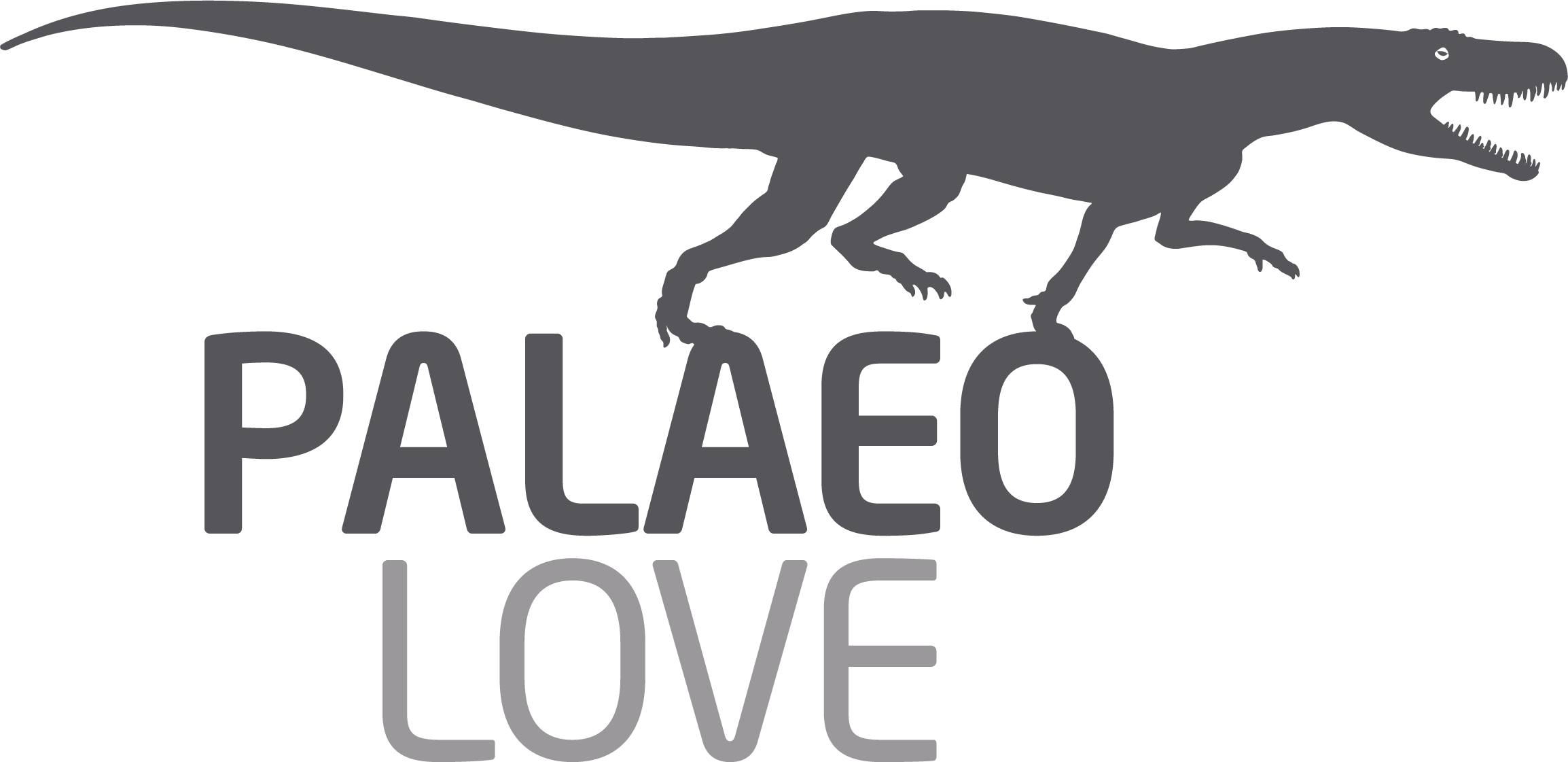Rates of Evolution
In biological sciences there are two approaches for establishing family trees or cladograms of organisms: based on fossil data on the one and on molecular data on the other hand.
Owing to the fact that rates of evolution are not stable in organismic groups but vary with regard to their speed, molecular sequences have to be calibrated before they can be used to date divergences in the «Tree of Life».
Fossils provide the crucial time information needed to calibrate the so-called «molecular clocks». The best available fossil data about when groups of plants or animals first evolved can be found in the > Fossil Calibration Database, an important resource for evolutionary biologists (POLLY, KSEPKA & PARHAM 2015).
First Update (3. August 2016)
Another interesting approach – but not the only one – for calibrating molecular clocks to establish evolutionary timescales is the use of precisely dated geological events like e.g., significant events that took place during the fragmentation of the Pangaean supercontinent. See DE BAETS, ANTONELLI & DONOGHUE (2016) for further reading.
———
DE BAETS, K., ANTONELLI, A. & DONOGHUE, P.C.J. (2016): Tectonic blocks and molecular clocks. – Philosophical transactions of the Royal Society B 371 (1699). DOI: 10.1098/rstb.2016.0098
POLLY, P.D., KSEPKA, D.T. & PARHAM, J.F. (2015): Announcing the fossil calibration series and database. – Palaeontologia Electronica 18.1.1E: 1-5.
———

